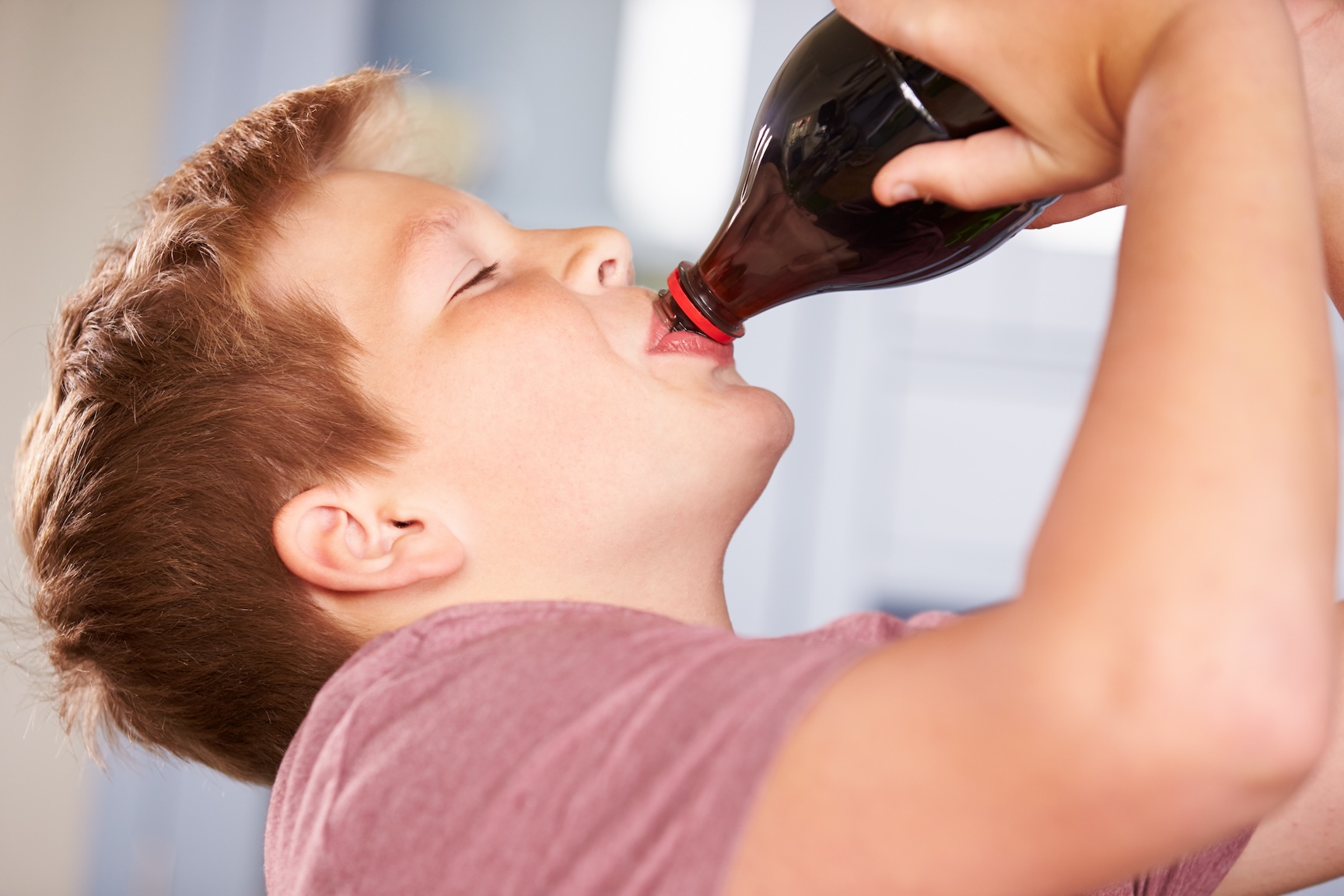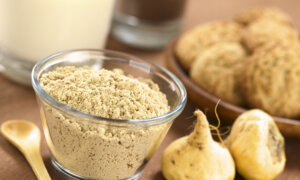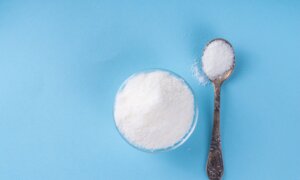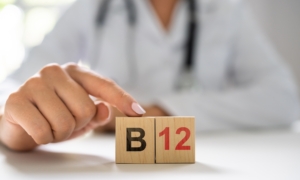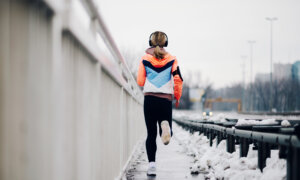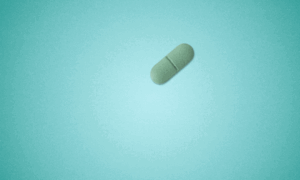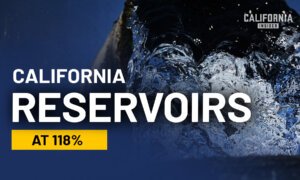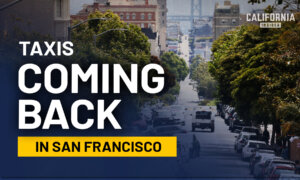A significant risk factor for obesity and chronic disease can be found in an easily overlooked place—your drinking glass.
An extensive 18-year global study has found a 23 percent increase in sugar-sweetened beverage (SSB) consumption among children and adolescents, “parallel” to the rise in obesity, according to the authors.
As countries grapple with obesity-related health care costs projected to reach $18 trillion by 2060, the link between sweet drinks and lifelong health consequences is becoming more evident. This has prompted researchers to call for increased efforts to curb the consumption of SSBs.
Sugary Drinks Surge Worldwide
The population-based
study, published in the BMJ in August, analyzed data on sugar-sweetened beverage consumption using 450 dietary surveys from 118 countries. The study encompassed 2.9 million people, broadly representing the global population.
Researchers examined SSB intake among children and adolescents aged 3–19 between 1990 and 2018. The study model categorized the data into seven distinct regions based on general similarities in risk profiles and disease outcomes. SSBs were defined as “any beverages with added sugars and ≥209 kJ (50 kcal) for each 237 g serving, including commercial or homemade beverages, soft drinks, energy drinks, fruit drinks, punch, lemonade, and aguas frescas.” One serving was standardized as 248 g (8 oz).
The authors found that, across the 185 countries studied, SSB intake increased by 23 percent among children and adolescents between 1990 and 2018. Overall, 10.4 percent of all young people worldwide drink an average of seven or more sugary drinks per week. The study also found substantial regional differences, with the highest mean rate of SSB consumption being in Latin America and the Caribbean (at 9.1 servings per week) and the lowest in South Asia (at 1.3 servings per week).
Of the 25 countries with the most children and teens, Mexico had the highest sugary drink consumption, followed by Uganda, Pakistan, South Africa, and the United States.
In the United States, where consumption of sugar-sweetened beverages among youth has seen some decline since 2005, intake remains high, with more than 60 percent drinking at least one sugary beverage on any given day, according to the Centers for Disease Control and Prevention (CDC). During 2015–2016, an average of 14 percent of dietary calories consumed by American youth came from added sugars, with SSBs being, by far, the most significant source.
The High Cost of SSBs
Sodas and other sugary beverages may owe their enduring appeal not only to taste but to low cost as well. Even though the
average price of a 12 oz. can of soft drink has risen in recent years from a low of $0.33 per can in May 2018 to $0.58 per can in August, sodas are still relatively cheap compared to many lower-sugar alternatives, like the prebiotic soda ‘Poppi,’ which retails for around $2.50 a can, or even a bottle of drinking water at $2.18.
However, the cost to individual health and health care systems is much higher.
While obesity is a complicated disease with several possible causes, high levels of consumption of sugary beverages are a well-documented risk factor. Based on data collected between 2017 and 2020, the CDC estimates that nearly 42 percent of U.S. adults have obesity—a figure that has more than tripled since the early 1960s.
Similarly, large increases in obesity rates have occurred among children and adolescents, with around 20 percent of youth aged 2–19 now being obese, compared with 5.5 percent in 1980. (Obese young people are likely to become obese adults, increasing their lifelong risk of serious health problems.)
The rise in obesity comes with economic costs in the trillions. The study authors made a connection between increased consumption of sugary beverages and obesity trends. “We found a positive correlation between intake of SSBs and prevalence of obesity among children and adolescents in all years,” they wrote. The researchers wrote that this situation needs “particular attention” because the economic cost of obesity-related conditions is expected to skyrocket, going from about $2 trillion in 2020 to $18 trillion by 2060—more than 3 percent of the world’s total economy.
The Link Between SSBs, Obesity, and Chronic Disease
Dr. Kubanych Takyrbashev, health and wellness advisor at the wellness company NAO, told the Epoch Times, “As a physician, I’ve seen firsthand how the consumption of sugar-sweetened beverages (SSBs) like sodas and sweetened energy drinks can significantly impact obesity.”
Although SSBs add a lot of empty calories to the diet, people often don’t balance that with increased physical activity, and that imbalance can lead to weight gain, Kubanych noted. “I’ve [also] observed that the high sugar content not only adds extra calories but also impacts insulin sensitivity, which can lead to increased fat storage and contribute to obesity.”
A review published in the January 2022 issue of Nature Reviews Endocrinology studied the relationship between sugar-sweetened beverages, obesity, and chronic disease, using data from numerous systematic reviews and meta-analyses. The authors noted the correlation between the excess calories from SSBs and weight gain. They also highlighted other biological mechanisms, including decreased satiety after drinking SSBs (compared with eating solid food), hyperinsulinemia resulting from rapid glucose absorption and the possible activation of the brain’s dopaminergic reward system.
“A robust body of evidence has linked habitual intake of SSBs with weight gain and a higher risk (compared with infrequent SSB consumption) of type 2 diabetes mellitus, cardiovascular diseases, and some cancers,” the authors wrote.
“I believe there is a strong link between SSB consumption and the development of chronic diseases,” Kybanych said. “The excessive sugar in these drinks can lead to insulin resistance, paving the way for Type 2 diabetes. Chronic consumption can impact liver health, potentially leading to conditions like non-alcoholic fatty liver disease.”
Reducing Consumption of SSBs
Dietary Guidelines for Americans, 2020–2025, recommend that people over the age of 2 limit the amount of added sugars they consume to
less than 10 percent of their total daily calorie intake. This means that, for an average 2,000-calorie per day diet, no more than 200 calories should come from all sources of added sugar combined. To put this in perspective, a single 12-ounce Coca-Cola has 39 grams of sugar and 140 calories, or 70 percent of the 200 maximum calories recommended daily by the guidelines. A 20-ounce bottle of Coke contains 65 grams of sugar and 240 calories—well over the recommended daily limit.
Growing awareness of SSBs’ impact on weight gain and health outcomes has prompted researchers to advocate for stronger measures to reduce their consumption. When Oakland, California, implemented a “sugar-sweetened beverage tax” in July 2017, an analysis showed that SSB purchases declined by 26.8 percent compared to the neighboring city of Richmond. The authors wrote that these reductions could lead to “significant” long-term health care cost savings and improved health outcomes.
A microsimulation study examining the potential impact of SSB taxes in the United States over 10 years, published by the American Heart Association in 2020, projected that the cumulative effect of a volume-based SSB tax on health and health care costs would be substantial. The resulting reduction in the consumption of SSBs could prevent more than a million cases of cardiovascular disease and/or diabetes, add 2.44 million quality-adjusted life years, and save more than $50 billion in health care costs.
Proposed measures to reduce SSB consumption include sugar-sweetened beverage taxes, restrictions on marketing to children and teens, and increased public health education.
For those looking to reduce their SSB intake, numerous lower-sugar alternatives are available. Options include flavored sparkling waters (hibiscus and Concord grape, anyone?), prebiotic and probiotic sodas with less sugar, stevia-sweetened drinks, and kombuchas. However, for optimal hydration and financial savings, pure water remains unbeatable.
“From my perspective, one of the most effective ways to cut down on SSBs is to replace them with healthier options,” Kubanych said. “Start by drinking more water, and if you need a bit of flavor, try infusing it with fruits like lemon or berries,” he added. “Unsweetened herbal teas and sparkling water with a splash of natural fruit juice can also be great alternatives.” He also recommended checking labels to avoid drinks with hidden sugars.
